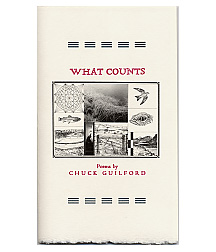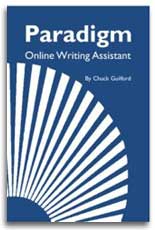A Strategy of Disclosure
Whenever you write, you're presenting or disclosing information. Besides asking how much information the reader wants or needs, you should consider the sequence in which to present it. These, then, are two major considerations:
1. How much information will I disclose about a particular subject, an injury for instance, during the course of my story? At what points in my story will I divulge this?
2. These two questions combine to produce a third: How much information do I want my reader to have at each point in the story?
By the end, the reader will hear the doctor say that my injury was not serious and I would recover quickly, but first I'll describe the blood running over my lips and into my mouth. Then I'll tell about the slow, throbbing pain as I sat in the hospital emergency room filling out forms. That way the reader will wonder, as I did, whether my nose was broken.
The intent is to shape and control how information flows to your readers. While the straight time line is a good starting point, most stories can be improved by experimenting with disclosure strategies like those that follow.




